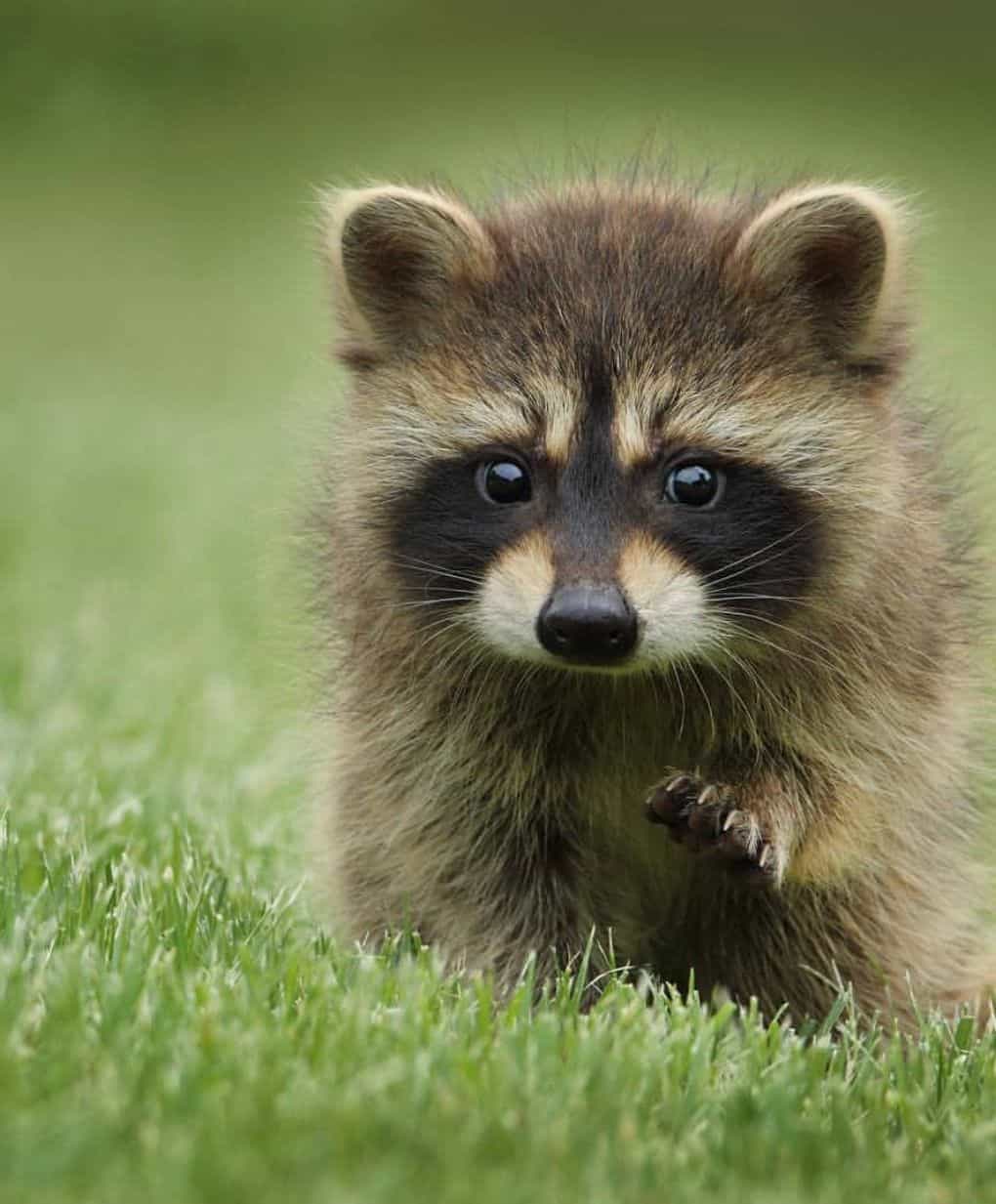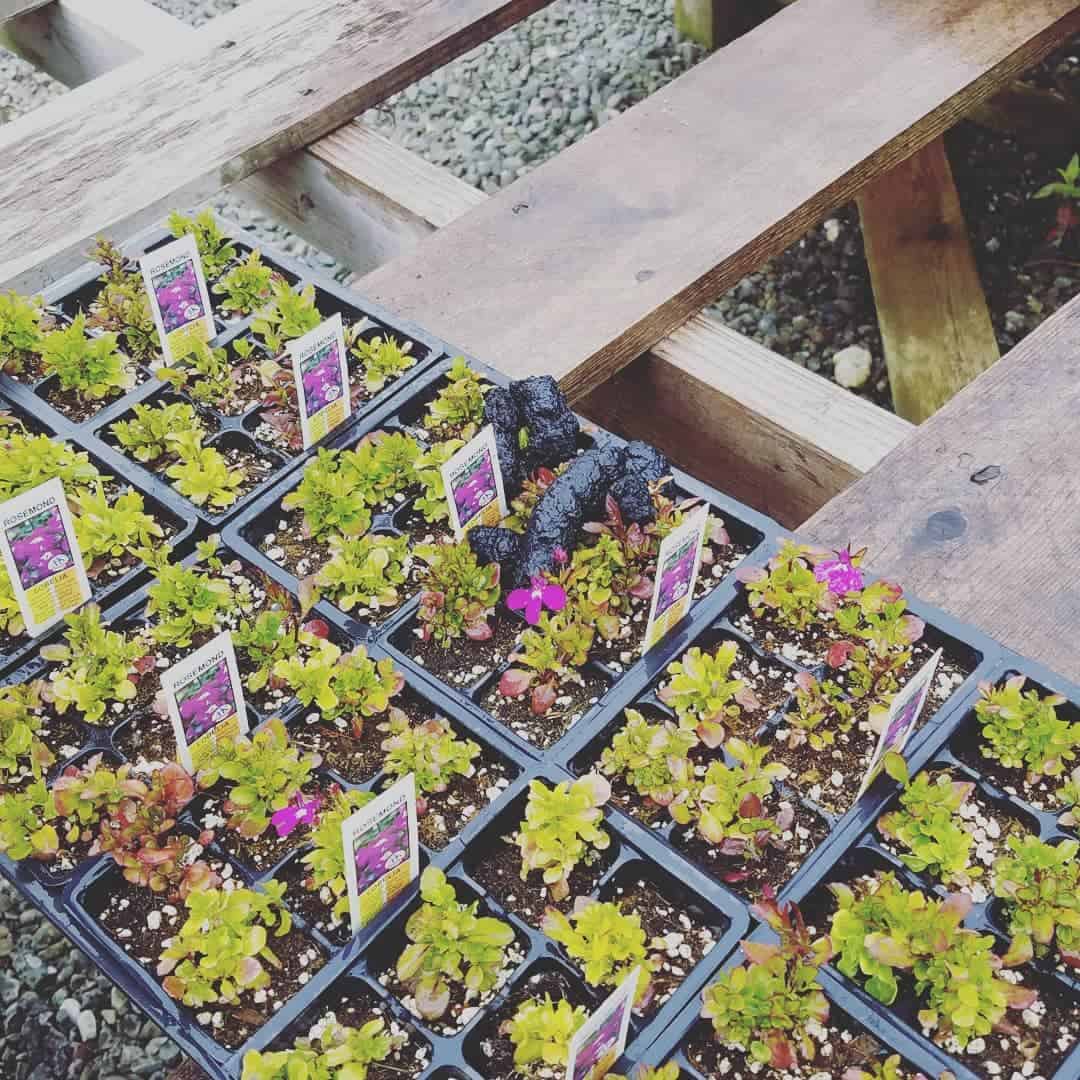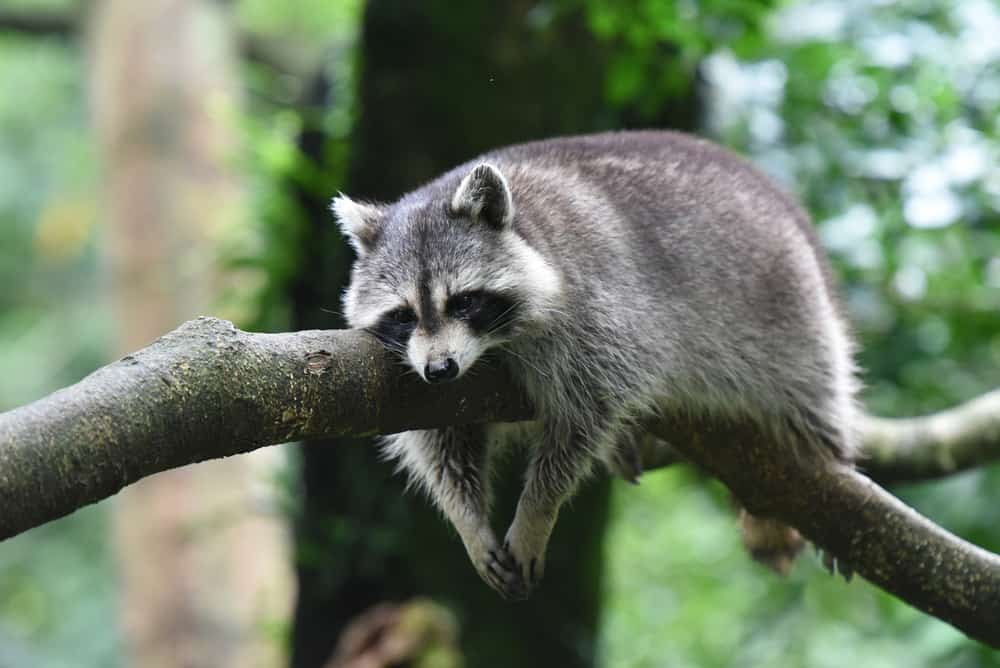If you have found animal poop on your property, it is worth finding out which animal is responsible. One of the common animals that can leave its mark in your yard is the raccoon and you want to clear the poop as soon as possible because it is dangerous to humans. But how do you know if it is raccoon poop?
In this article, we share with you the ways to identify raccoon feces so you can determine what animal you are dealing with. We also share with you tips for cleaning the poop away safely.
Why Can Racoon Poop on Your Property be a Cause for Concern?
Raccoons are among the most destructive urban pests and their feces can pose a threat to humans, pets, and farm animals. They are known carriers of viruses and parasites, including roundworms, rabies, and bacteria that cause leptospirosis.
Finding raccoon poop on your property could be a sign that the raccoon is checking out the area for its den. Before they build a den in your attic, chimney, or another sheltered area on your property, they familiarize themselves with the surroundings during several night-time visits.
To learn more about the dangers of raccoon droppings, you can watch this short video.
How to Identify Raccoon Poop?
It can be easy to mistake raccoon poop for a cat’s or medium-sized dog’s poop but there are key differences. However, it is unlikely to be cat poop, because cats usually bury their feces even when they poop outside rather than in their litter box.
So how do you tell the difference between raccoon and dog poop? Raccoon poop is often darker and tubular. It also has a stronger odor than a dog’s feces and has a more brittle texture. You can check the contents of the droppings using a stick. Raccoon scat will contain traces of the vegetables, seeds, grains, and berries it has eaten.
If you are wondering if the poop could be from other wildlife in the area, size is key. Raccoon poop is bigger than for example, squirrel poop, or mouse or rat poop that you might find in your yard. It is also considerably bigger than mice droppings. Where you find the poop will also help you determine if it is raccoon poop as you will find out below.
Raccoon Pooping Behaviour
Knowing the raccoon’s pooping behavior can also help you to identify the feces. While other animals are likely to poop anywhere, raccoons will not. For example, they will not poop near their nests. They first identify a spot called a latrine site and will then always use it when they poop.
Not only will the same raccoon return to the same spot every time it needs to poop, but the same latrine spot will be used by several raccoons. Popular raccoon latrine sites include attics, decks, large rocks, and tree stumps.

_raccoon.love
How to Prevent Raccoons From Entering Your Property?
Since you do not want several raccoons pooping or building a den on your property, is there anything you can do to prevent them? Other than looking for a suitable space for a den or latrine site, raccoons will enter a property in search of food.
They are known garbage eaters and will rummage around your bins if they can smell food. While for most people it is not possible to eliminate all food waste, make sure your trash cans have secure lids to prevent raccoons from getting into them.
You might also consider fencing your yard thoroughly, an electric fence will often work the best, or using liquid pepper repellent. Raccoons are known to dislike the smell of peppers.
How to Get Rid of Raccoon Poop
Because of the dangers to people and animals, removing raccoon poop quickly is very important. Equally important is doing it safely. You cannot simply go pick it up with a shovel like you would dog or cat poop.
1. Safety First
Before you clear the poop out of your property, you need to protect yourself from the potential health risks in the feces. You should wear clothes that fully cover your legs and arms and you are happy to dispose of them once you have finished the job. Protect your hands with thick disposable gloves and your feet with heavy overshoes or rubber boots.
You also need to wear a respirator or a mask whether cleaning the poop indoors or outdoors to prevent accidental ingestion of bacteria. Finally, complete your protective outfit with safety goggles to prevent bacteria from entering your eyes.
2. Removing the Poop
When you are dressed in all your protective gear, you can pick up the droppings using either a shovel or an inverted plastic bag. If using a shovel, drop the feces into a plastic bag or a container. Seal the container or bag tightly. The best way to destroy the feces and the bacteria it may contain is to incinerate it.
3. Cleaning
When you have removed the poop, you need to thoroughly clean the latrine area. If it was outdoors, you can treat the surface and the shovel if you used one, with boiling water or a propane torch.
Indoors, clean the surfaces with soap, a damp sponge, and as hot water as you can handle. Repeat this several times. When you have finished, pour the soapy water down the toilet, disinfect the bucket, place the sponge in a sealed bag or container, and throw it away in the trash.
Note: since the clean-up of raccoon excrement can be risky, you may choose to get professional help. Do not take any risks with raccoon feces. If you prefer to leave the cleaning to a professional, ensure no one goes near the poop in the meantime.

pink_artichoke
Summary
It is important to identify raccoon poop can pose a serious health risk to humans and pets. Their poop can contain various bacteria including raccoon roundworm eggs. While you can remove raccoon scat yourself, it has to be done with extreme caution and you may prefer leaving it to a professional.
You can prevent raccoon infestations on your property by sealing access points, building a fence, or using pepper repellent. You should secure all your garbage cans so they cannot access food on your property.
If you would like to ask us anything about raccoon poop, you can write your questions in the comments section.
